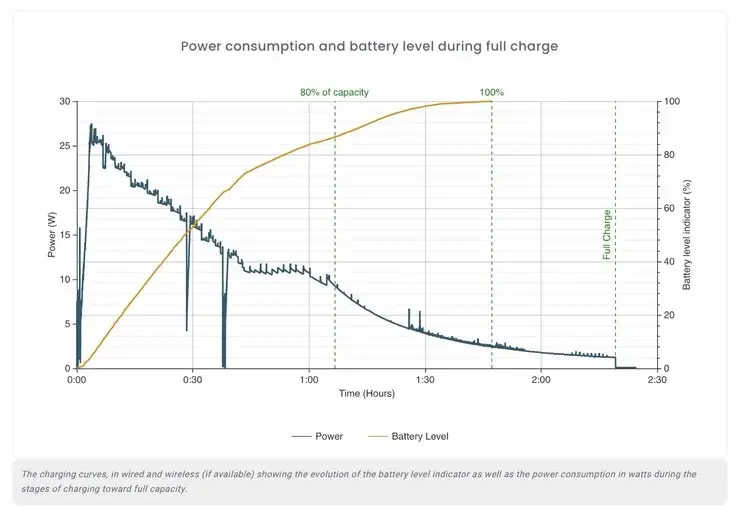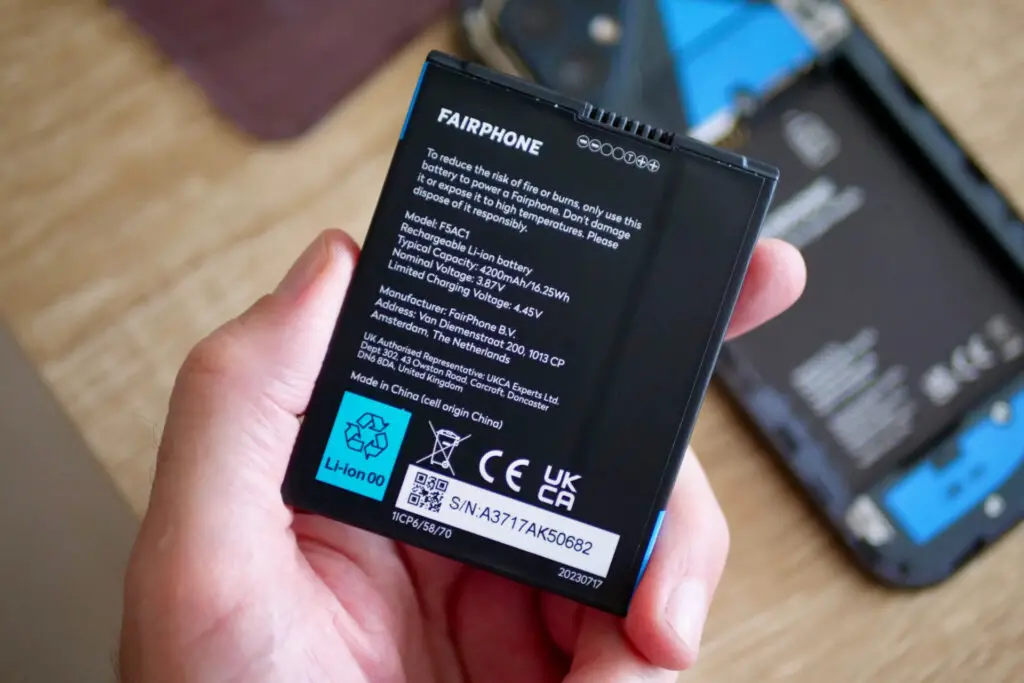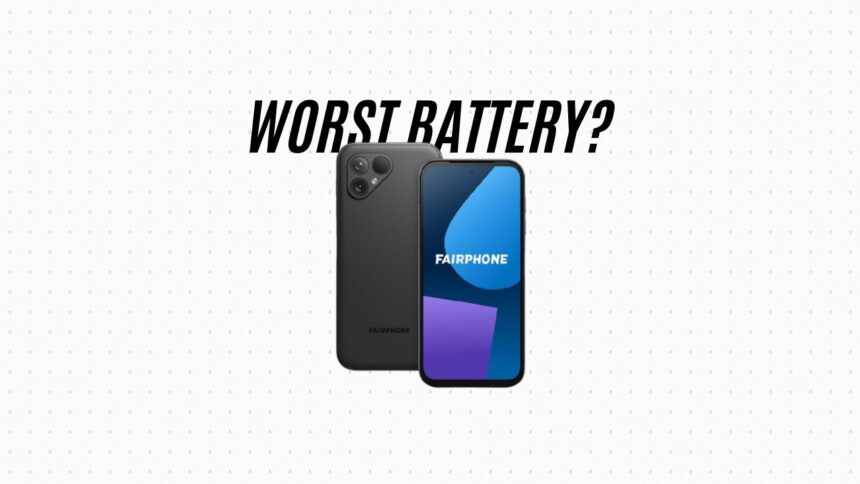In a surprising development, the Fairphone 5, acclaimed for its ethically designed and easily repairable structure, encounters a significant challenge that might undermine its sustainability credentials. DxOMark, a well-regarded benchmarking platform, has highlighted a concerning issue: the device’s battery performance, especially during camera use, falls short of expectations.
Fairphone 5 and The Battery Dilemma
DxOMark’s evaluation reveals a stark reality for the Fairphone 5. Despite its commendable 4200mAh user-replaceable battery, it scored a mere 83 points, positioning it at 165th out of 170 tested devices. This rating is surprisingly lower than many budget models, underscoring a pronounced performance gap.

A rigorous camera test uncovered a significant shortfall: the Fairphone 5’s battery depletes entirely after just two hours of continuous camera use. This performance is notably inferior compared to flagship phones, which sustain over six hours in similar tests.
The battery woes extend beyond camera use. Average usage scenarios, encompassing calls and music streaming, yield only about 5.5 hours of battery life. Gaming and GPS navigation further strain the battery, offering 5.5 and 4 hours of operation, respectively. These results spotlight potential limitations in the phone’s practicality for everyday use, particularly for those dependent on their mobile devices for various daily activities.
DxOMark attributes part of the battery inefficiency to the Qualcomm QCM6490 chipset, akin to the Snapdragon 778G. Although competent, this processor seems to fall short in energy management, leading to increased battery drain. This revelation complicates the company’s narrative of sustainability, suggesting that hardware choices might dilute its commendable efforts in ethical sourcing.
The phone’s focus on reparability and ethical manufacturing is noteworthy. Yet, its inability to last through a typical day on moderate use prompts serious questions about its sustainability claims. Regular charging not only heightens electricity dependency but also contributes to the e-waste problem.
Fairphone is now tasked with a critical challenge: harmonizing sustainability with functional performance. Future models might need to incorporate more energy-efficient processors, optimized software, and possibly larger batteries. However, these adjustments could conflict with its core values by increasing material use and device complexity.
The Fairphone 5’s battery predicament is a stark reminder that true sustainability encompasses more than ethical sourcing and reparability. Efficient energy use and a seamless user experience are crucial sustainability pillars.

While the Fairphone 5 may appeal to a niche audience focused purely on repairability, the average user may find its short battery life a deal-breaker. Time will tell if the company can overcome this difficulty and create a sustainable
